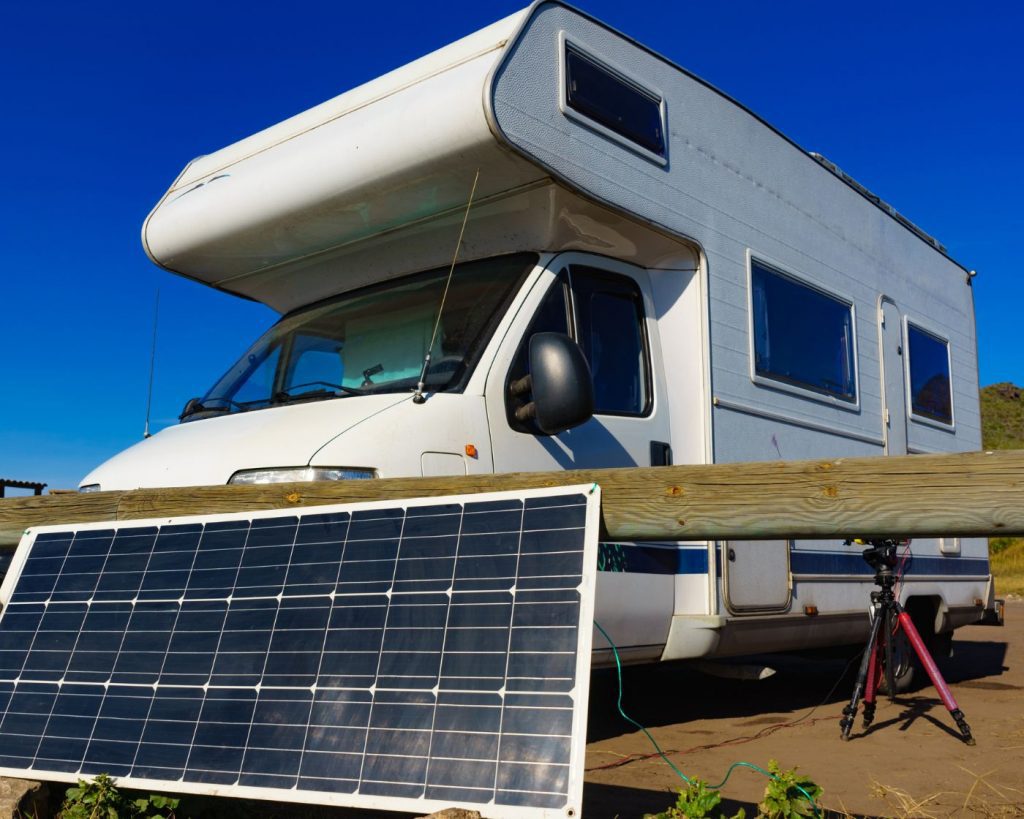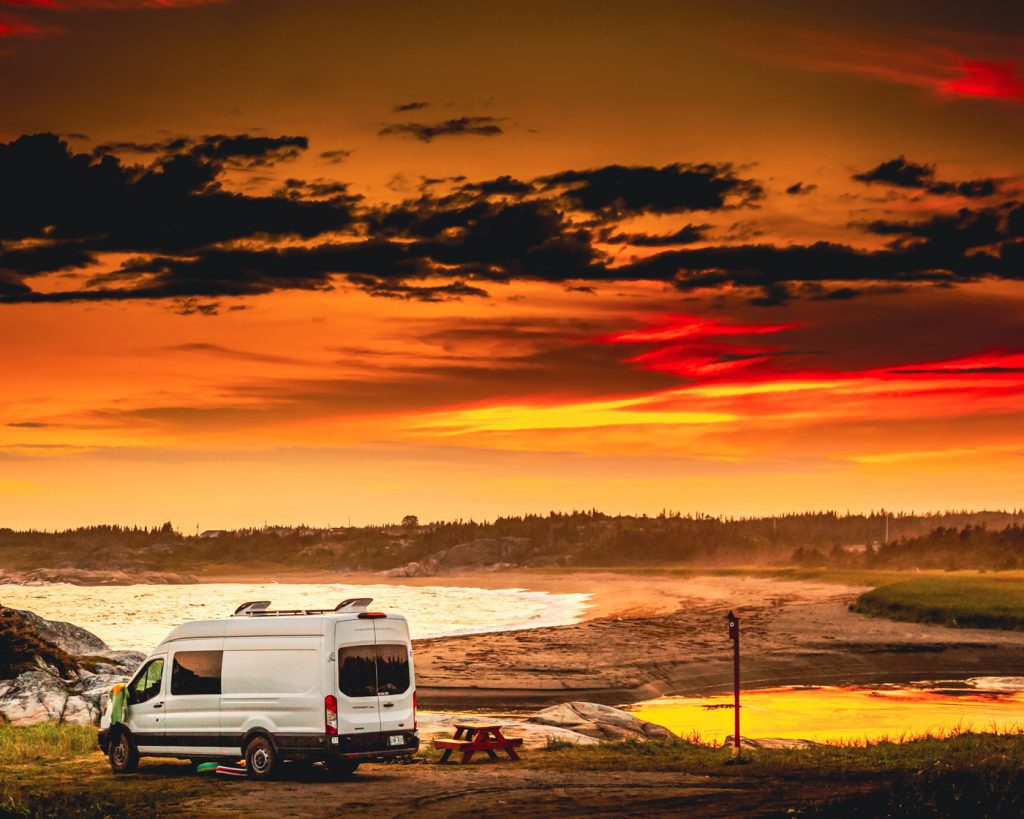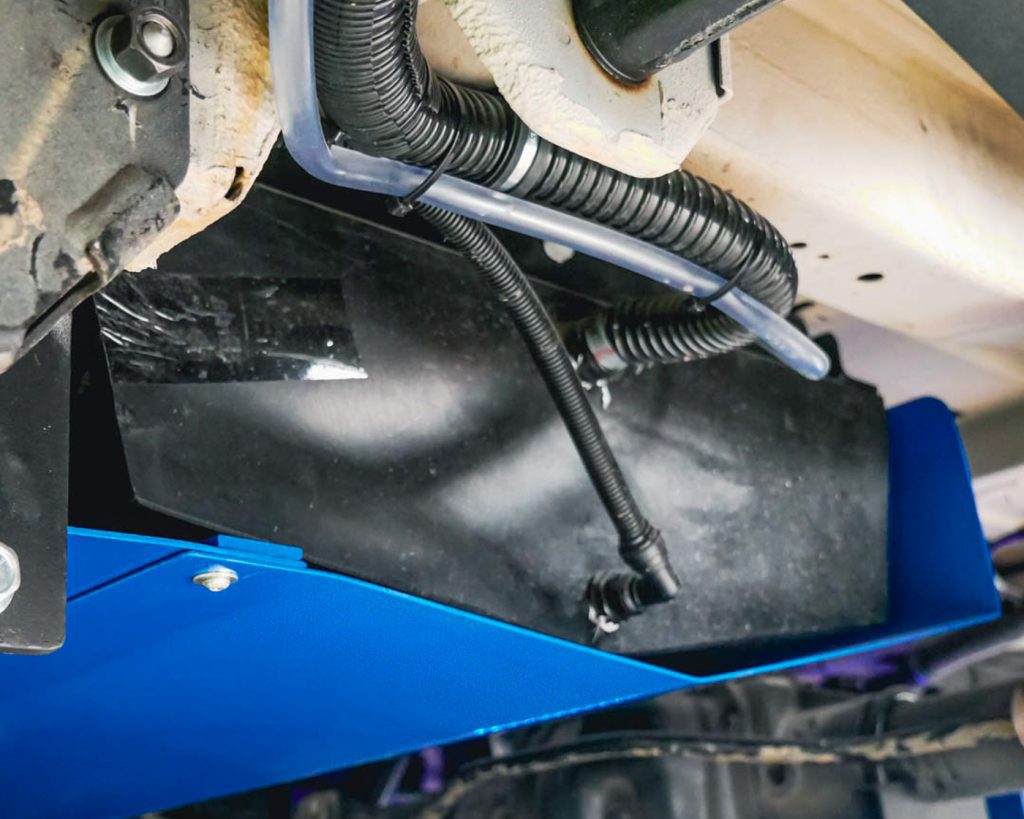Imagine pulling up to a scenic campsite in the Australian outback, the sun blazing down at 40°C, and stepping into your motorhome to escape the heat, only to find the interior just as stifling. Sounds unbearable, right? This is where upgrading your van or motorhome air conditioning can transform your adventures. From keeping you cool during summer road trips to protecting your vehicle’s interior, air conditioning could be a game-changer. But is it worth the investment? This article examines the benefits, practical considerations, costs, and alternative cooling solutions to help you make an informed decision.

Benefits of Air Conditioning in Hot Australian Weather
Comfort During Extreme Heat
Australian summers are notorious for extreme temperatures, and it’s not uncommon for the mercury to push beyond 40°C in some regions. An aircon system keeps your van or motorhome comfortable, ensuring you enjoy travelling year-round. Heat inside a sealed vehicle can build up quickly, reaching unsafe levels—an aircon is essential for preventing heat exhaustion, especially when travelling with children, pets, or elderly passengers.
Better Sleep and Relaxation
There’s nothing worse than tossing and turning in a hot, stuffy caravan or motorhome. Air conditioning allows you to cool your sleeping area to a comfortable temperature, thereby improving your sleep quality after a long day of exploration. It also helps reduce moisture and condensation caused by Australia’s humid weather, meaning you’re less likely to wake up feeling sticky or—worse—dealing with signs of mould.
Preserving Your Interior
The constant exposure to extreme heat and humidity can wreak havoc on your van or motorhome’s interior. Upholstery can fade or crack, wooden furniture may warp, and electronics can overheat. Aircon stabilises the internal temperature, protecting your belongings and extending their lifespan, which is especially important for those with high-spec motorhomes featuring premium furnishings.
Power Requirements for Aircon Units and Compatibility
Power Demands of Air Conditioning
Air conditioners are power-hungry appliances, so it’s crucial to understand their electricity demand before making an upgrade. Most modern RV aircons consume between 1,000 and 2,000 watts, depending on the size and cooling capacity. Running one can quickly deplete your vehicle’s battery, especially if you’re staying off-grid. Successful operation often requires a combination of robust batteries, inverters, and power replenishment systems, such as solar panels.
Is Your System Compatible?
Before upgrading your aircon, assess your motorhome’s current power setup.
- Battery Capacity: Ensure your batteries can handle the power demand. Lithium batteries are a popular choice because they hold more charge and last longer than traditional lead-acid batteries.
- Power Generators: Check if your generator supports running an aircon system without overload—this is particularly relevant for off-grid users.
- Solar Panels: If you rely on solar energy, verify whether your panels and charge controller can accommodate the additional load.
Energy Efficiency Options
Newer aircon models are designed with energy efficiency in mind, consuming less power without compromising performance. Compact units tailored specifically for caravans and motorhomes can help you enjoy a cooler space without draining your batteries as quickly. Investing in energy-efficient technologies is a smart way to enhance usability while minimising strain on your power system.

Costs and Value of Upgrading Your Aircon System
Initial Investment
The upfront cost of upgrading your air conditioning system is one of the main factors to consider. A good-quality RV aircon unit can range from $2,000 to $3,500, depending on the brand and features. Additionally, professional installation typically costs around $2,000, depending on your base vehicle. If your power setup also requires an upgrade, such as adding solar panels or installing a new inverter, these costs will add to the total.
Ongoing Costs
Operating an air conditioner in a motorhome comes with recurring expenses. These include energy consumption, maintenance (such as replacing air filters), and servicing to keep the unit performing optimally. Regular maintenance ensures efficiency and avoids unnecessary wear and tear that could lead to expensive repairs down the line.
Long-Term Comfort Pays Off
While the initial outlay might seem steep, upgrading your aircon can significantly enhance your experience on the road, especially if you spend extended periods in your motorhome during summer. Reliable cooling adds comfort and makes your vehicle more versatile, allowing you to explore destinations that would otherwise be too hot to enjoy. Additionally, if you sell your motorhome later, a well-installed aircon system can be a strong selling point, potentially increasing its market appeal.
Professional Installation vs DIY
While some DIY enthusiasts may be tempted to install an air conditioning unit themselves, professional installation is generally recommended. Certified technicians ensure that the unit is compatible with your vehicle’s electrical setup and that the work meets safety standards, saving you from potential headaches down the road. For peace of mind and optimal performance, this is an investment worth making.
Alternatives for Cooling If Aircon Isn’t Practical for Your Vehicle
Passive Cooling Techniques
If an aircon upgrade doesn’t align with your budget or travel style, you can still keep your motorhome cool using passive cooling strategies. These include:
- Thermal Curtains and Window Shades: Reflective materials block out heat, keeping cabin temperatures lower.
- Cross Ventilation: Opening windows on opposite sides of your vehicle allows fresh air to circulate.
- Shade Parking: Whenever possible, park under trees or use an awning to shield your motorhome from direct sunlight.
Portable Cooling Solutions
Portable coolers, such as evaporative coolers or compact USB-powered fans, are great options for smaller vehicles or short-term cooling needs. While they lack the power to cool an entire motorhome, they’re lightweight, affordable, and effective for targeted relief.
Additional Cooling Tips
Adapt your travel habits to stay comfortable in hot weather:
- Plan driving or setup times for cooler morning or evening hours.
- Take advantage of air-conditioned cafes or visitor centres during peak heat.
- Stay hydrated and use cool, damp towels to refresh yourself.
Conclusion
Air conditioning can make all the difference in a motorhome or van, especially during Australia’s sizzling summers. Whether you value better sleep, comfort during travel, or protecting your vehicle’s interior, upgrading to a reliable aircon system is often a worthwhile investment. For those unable to make the leap, there are plenty of passive cooling strategies and portable solutions to explore.
If you’re considering adding or upgrading an aircon system, consult the experts at Roadtrek. They’ll guide you through selecting the perfect unit, ensuring compatibility with your vehicle’s setup, and providing a professional installation you can trust. Stay cool, stay comfortable, and make the most of your travels!



